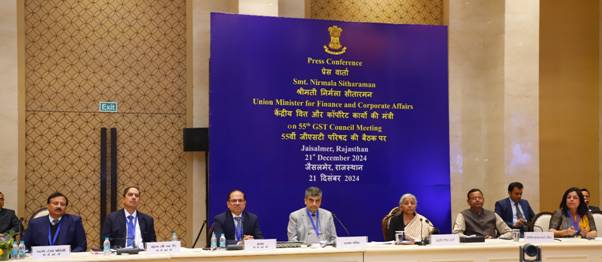Recently Government announced changes in TDS Rate of rent u/s 194IB which is applicable from 1 October 2024, but many persons are getting confused between Sections 194I and 194IB, and not able to understand completely so here we are understanding the difference in these 2 sections with new change applicable from 1 October 2024
Both sections deal with the deduction of tax at source (TDS) on rent payments. However, they cater to different categories of taxpayers and situations.
Section 194I: TDS on Rent Paid by Non-Individuals
Section 194I applies to entities such as companies, firms, and individuals or Hindu Undivided Families (HUFs) engaged in business or profession exceeding certain thresholds. This section imposes a duty to deduct tax at source on payments made as rent, but there are specific rules about when and how this deduction is to be made.
Key Provisions:
- Applicability: Applies to any person, except individuals and HUFs unless their turnover exceeds ₹1 crore in case of business or ₹50 lakh in case of a profession.
- Rate of TDS:
- 2% for the use of machinery, plant, or equipment.
- 10% for the use of land, building, furniture, or fittings.
- Threshold: No TDS is required if the total rent paid during a financial year does not exceed ₹2,40,000.
- When to Deduct: TDS is to be deducted at the time of credit or payment, whichever is earlier.
- Definition of Rent: Rent includes payments for land, buildings, machinery, plant, equipment, furniture, and fittings under any lease, sub-lease, or tenancy agreement.
Section 194IB: TDS on Rent Paid by Individuals and HUFs
Section 194IB was introduced to target individuals or HUFs who are not liable to deduct TDS under Section 194I but still pay significant rent amounts. This section specifically applies to rent payments exceeding ₹50,000 per month.
Key Provisions:
- Applicability: Applies to individuals or HUFs not covered under Section 194I (i.e., those whose turnover is below the thresholds set in Section 194I).
- Rate of TDS: 5% (2% w.e.f 1 October 2024) on rent payments exceeding ₹50,000 per month or part of a month.
- Threshold: TDS is applicable if the rent exceeds ₹50,000 per month.
- When to Deduct: TDS is deducted only once, either for the last month of the financial year or at the time of vacating the property.
- No TAN Requirement: Individuals or HUFs are not required to obtain a Tax Deduction and Collection Account Number (TAN).
- Definition of Rent: Similar to Section 194I, rent refers to payments for the use of land or building.
Comparison Table: Section 194I vs. Section 194IB
| Particulars | Section 194I | Section 194IB |
|---|---|---|
| Applicability | Non-individuals (except certain individuals and HUFs) | Individuals and HUFs (not liable under 194I) |
| Threshold | ₹2,40,000 per year | ₹50,000 per month |
| Rate of TDS | 2% for machinery, plant, or equipment – 10% for land, building, furniture, or fittings | 5% on total rent (2% w.e.f 1 October 2024) |
| When to Deduct TDS | At the time of credit or payment, whichever is earlier | Once in the last month of tenancy or financial year |
| TAN Requirement | TAN required | TAN not required |
| Scope of Rent | Includes machinery, land, buildings, furniture, fittings | Only for land or buildings |
| Deductor Type | Primarily businesses, firms, companies | Individuals and HUFs paying rent above ₹50,000/month |
| Deduction Limit | ₹2,40,000 per financial year | Rent exceeding ₹50,000 per month |
Conclusion:
While both Section 194I and Section 194IB deal with TDS on rent, Section 194I targets non-individual entities and large-scale rent payments, while Section 194IB covers individuals or HUFs paying high rent amounts but not engaged in large businesses. These distinctions ensure that TDS is collected appropriately from different categories of taxpayers.
Visit www.cagurujiclasses.com for practical courses












Very useful.thanks a lot
Excellent article.
Excellent service to CA Community,
Hi…Am an individual paying rent more than 50K per month. If I continue to deduct @5% (instead of 2%) and depositing as required, will it be a problem?